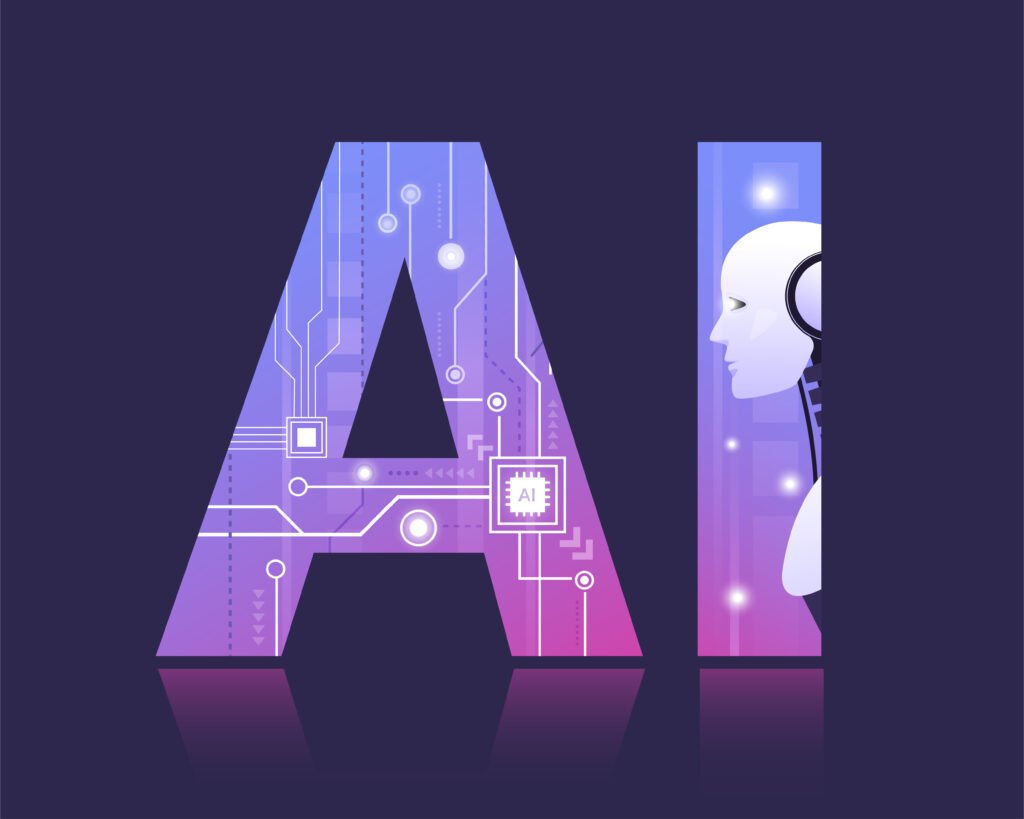Artificial Intelligence Brown: A New Color of AI Research
Artificial intelligence (AI) is a broad and diverse field that aims to create machines and systems that can perform tasks that normally require human intelligence, such as understanding natural language, recognizing faces, playing games, and making decisions. AI has made remarkable progress in the past few years, thanks to advances in algorithms, data, hardware, and software. AI is now touching people’s lives in various ways, from helping them to choose a movie to aiding in medical diagnoses.
However, AI is not a monolithic entity. There are different shades and hues of AI research, each with its own goals, methods, challenges, and applications. In this blog post, we will focus on one particular color of AI research: artificial intelligence brown.

What is Artificial Intelligence Brown?
Artificial intelligence brown is a term coined by Noam Brown, a computer scientist and assistant professor at Carnegie Mellon University. Brown is one of the leading researchers in the field of AI for hidden-information games, such as poker, bridge, and diplomacy. These are games where players do not have complete information about the state of the game or the actions of other players, and must rely on reasoning, bluffing, and deception to win
Brown defines artificial intelligence as “the study of AI systems that interact with other intelligent agents in environments where there is hidden information or uncertainty. He argues that this is a crucial aspect of AI research because most real-world situations involve hidden information or uncertainty. For example, when driving a car, we do not know the intentions of other drivers; when negotiating a contract, we do not know the preferences of the other party; when diagnosing a disease, we do not know the exact cause or symptoms of the patient.
Brown believes that artificial intelligence can help us to design better AI systems that can handle these complex and dynamic scenarios, and also to understand how humans and machines can cooperate or compete in such settings. He envisions his research leading to automated solutions to situations that are similar to hidden-information games, such as managing traffic, predicting the performance of markets, or conducting national security negotiations.

How Does Artificial Intelligence Brown Work?
One of the main challenges of artificial intelligence brown is to create AI systems that can reason about the beliefs and actions of other agents, and also update their own beliefs and actions based on new information. This requires a combination of game theory, probability theory, logic, and machine learning.
Brown’s most famous creation is Libratus, an AI system that can play heads-up no-limit Texas hold ’em poker at a superhuman level. Libratus is essentially three AI systems in one.
- The first system is called the blueprint strategy. It computes an approximate equilibrium strategy for the entire game using an algorithm called counterfactual regret minimization (CFR). This means that Libratus tries to minimize its regret for not playing an optimal strategy in every possible situation. The blueprint strategy is computed offline before the game starts and covers all possible scenarios up to a certain level of abstraction.
- The second system is called the subgame solver. It computes a more refined equilibrium strategy for specific situations that arise during the game using a variant of CFR called Monte Carlo CFR (MCCFR). This means that Libratus samples random scenarios from the game tree and updates its strategy based on the outcomes. The subgame solver is invoked online during the game, whenever Libratus faces a decision that is not covered by the blueprint strategy.
- The third system is called the self-improver. It analyzes the opponents’ actions after each game and identifies their weaknesses and tendencies. It then modifies its strategy to exploit these weaknesses and avoid these tendencies in future games. The self-improver uses machine learning techniques such as reinforcement learning and neural networks to learn from its own experience.
Using these three systems, Libratus was able to defeat four of the world’s top professional poker players in a 20-day tournament in 2017. Libratus won by a margin of $1.8 million in chips, which was statistically significant. This was a landmark achievement for artificial intelligence brown, as poker is widely considered to be one of the hardest games for AI to master.

Why Does Artificial Intelligence Brown Matter?
Artificial intelligence matters because it tackles some of the most challenging and important problems in AI research. By studying hidden information games, we can gain insights into how humans and machines think, communicate, cooperate, and compete in uncertain and dynamic environments. We can also develop new algorithms and methods that can be applied to other domains where hidden information or uncertainty plays a role.
Some of the potential applications of artificial intelligence include:
- Negotiation: AI systems that can negotiate with humans or other AI systems on various issues, such as prices, contracts, policies, or agreements.
- Security: AI systems that can detect and prevent cyberattacks, fraud, or espionage, or that can assist in military or law enforcement operations.
- Medicine: AI systems that can diagnose diseases, recommend treatments, or monitor patients, taking into account the uncertainty and variability of medical data and human behavior.
- Education: AI systems that can teach or tutor students, adapting to their individual needs, preferences, and learning styles.
- Entertainment: AI systems that can create or participate in interactive games, stories, or art, generating novel and engaging content and experiences.
Artificial intelligence brown is not only a new color of AI research but also a new way of looking at the world. It challenges us to think beyond the visible, and to consider the hidden and the unknown. It invites us to explore the possibilities and the limits of intelligence, both artificial and natural. It inspires us to create and to learn from each other. It is a color that brightens our future.
Stay informed and up-to-date by reading articles on Adsenator. Stay informed and up-to-date by reading articles on Adsenator
Exciting news! Fuzbuy, our latest project, is almost here. We’d love your support as we prepare to launch. Visit our website now and join us on this journey. Together, we can make Fuzbuy a success.